
| Home | Gallery | Emergency Help | Contact Us |
| A LITTLE KNOWLEDGE IS A DANGEROUS THING |
|
Kevin, armed with a copy of the Reader's Digest DIY manual
added a socket in his kitchen over the weekend. Kevin can turn his hand to anything and works as a handyman where he "Does Electrics" for people too. |
| Perception v Reality | |
| Perception | Reality |
|
Electricity is safe, it's not dangerous like gas. |
A "GAS Explosion" gets lots of coverage on TV because there's always good visual
images of a house with a side wall missing where you can see into the upstairs rooms. On the other hand, just before the jolly bit at the end of the news, we get "There was a fire in a house last night and it's believed the cause was an electrical fault ". Obviously without pictures - after all, there's nothing interesting to see. Both incidents end with the same result and everybody remembers the "GAS Explosion", but few remember the "fire caused by an electrical fault". Where gas is only present in a few places in your house (kitchen, central heating boiler, gas fire in living room), electricity is in every room, including bedrooms & bathrooms. You can't see or smell electricity and faults can go undetected until it is too late. The electrics in your house should be checked at least every 10 years according to the Institute of Electrical Engineers and a report on it's condition obtained. A typical example of such a report is on this page of our website. |
|
Anybody can do electrics, it's not like gas - you need a professional for that. |
It's true that most people can "do electrics" to a level that gets something working.
Unless you have the relevant knowledge & skill, there is a strong possibility that what you
have done is created a situation that has the potential to kill you or somebody else. |
|
Even if something does go wrong, all that happens is that a fuse will blow. |
Not all serious & potentially fatal faults are prevented by a fuse - follow this story to the end. |
|
I've had loads of "belts" off the electrics over the years and I'm still here. |
In cases of non-fatal electric shock, the subject is:
|

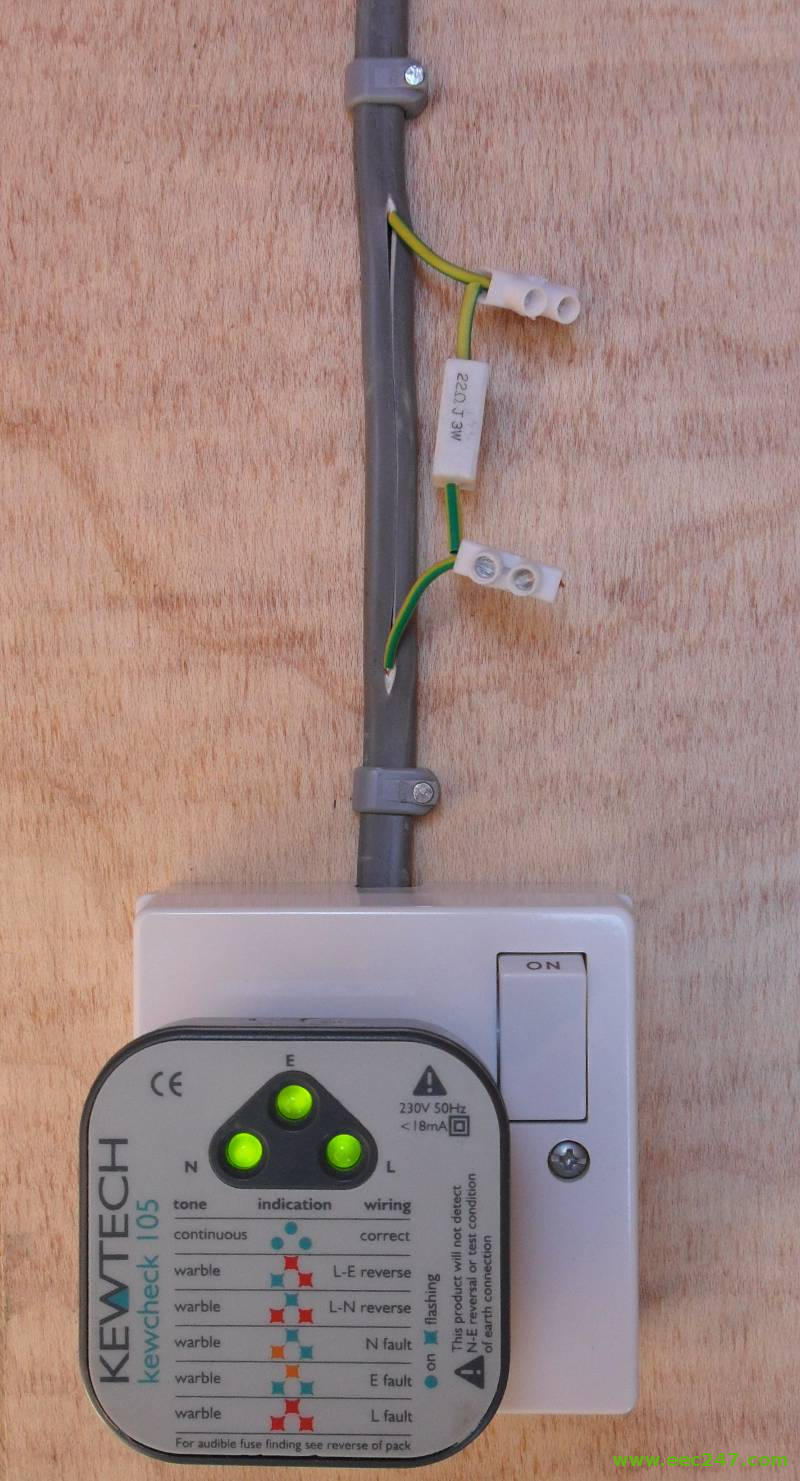
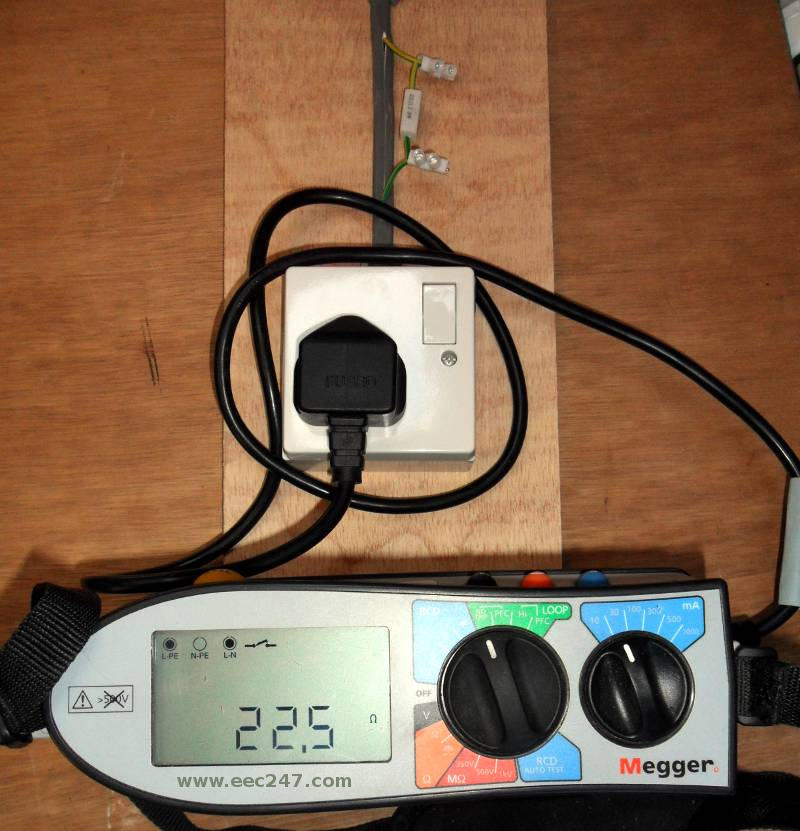
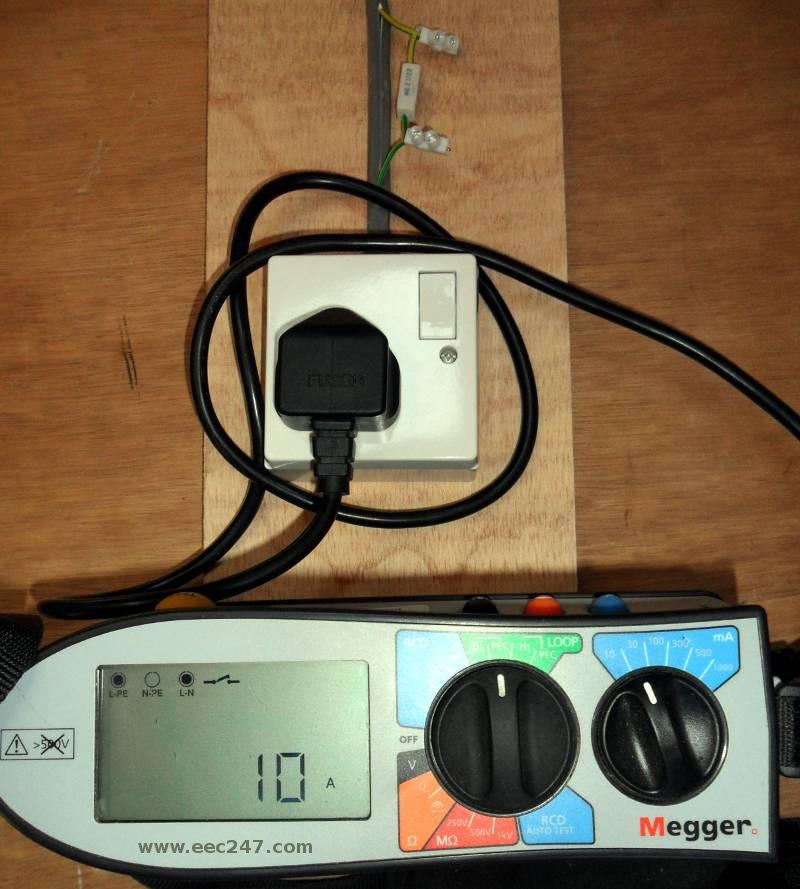
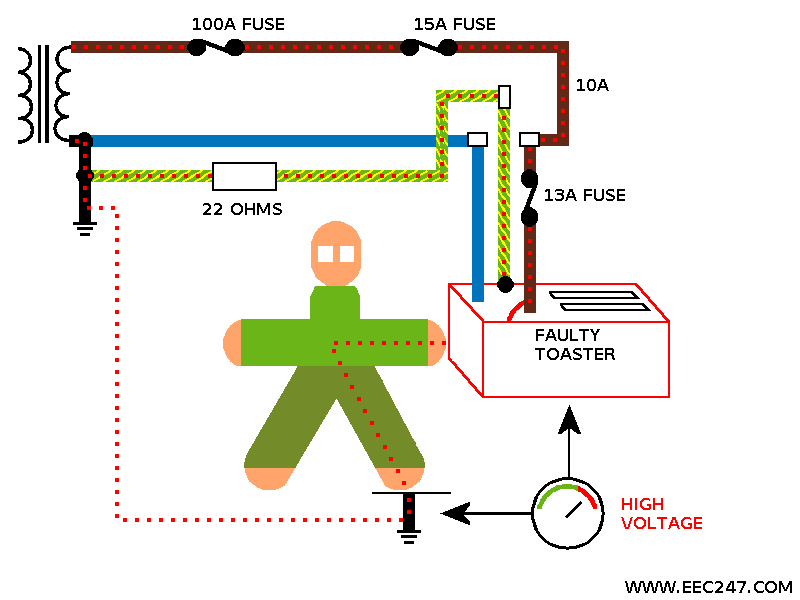
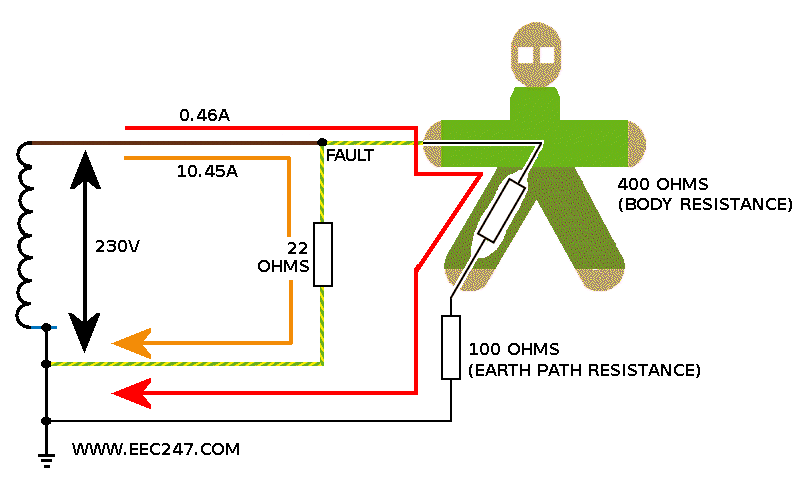
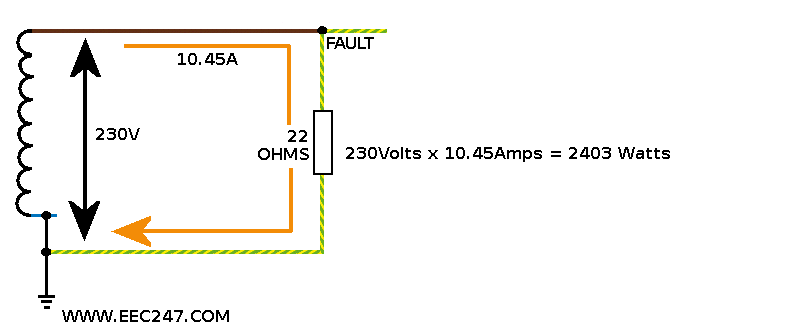
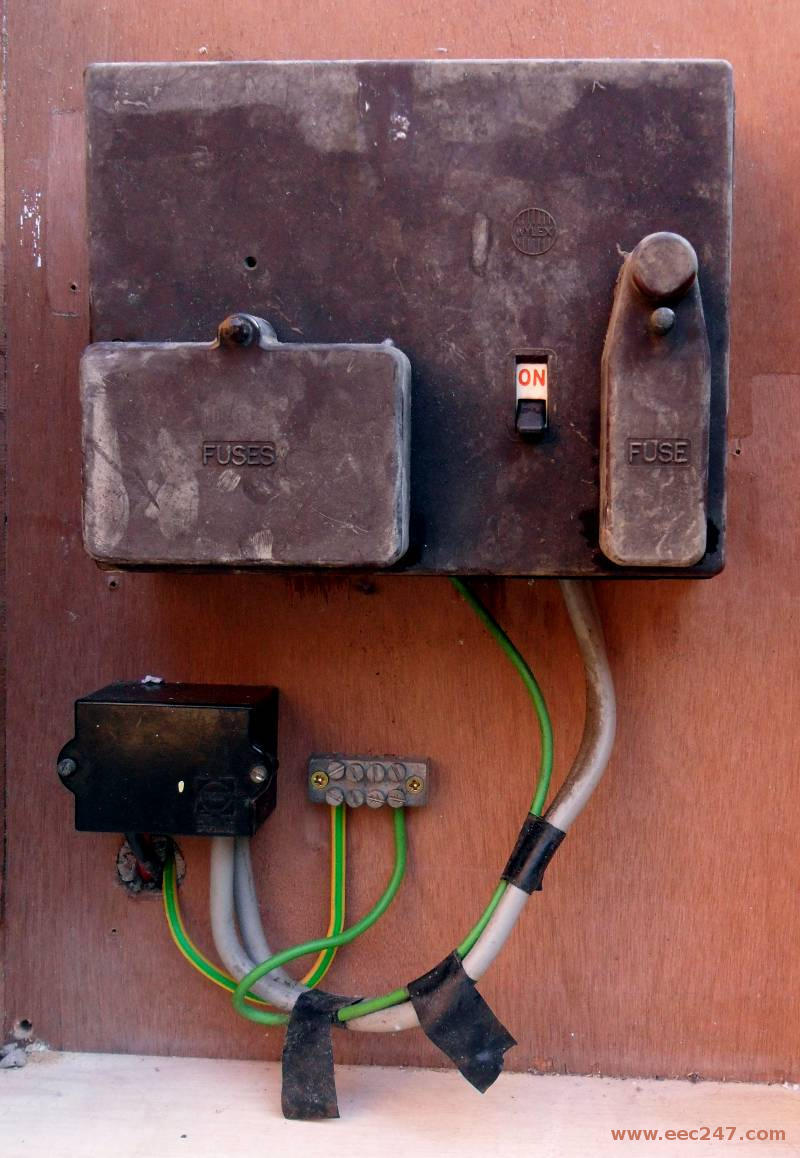

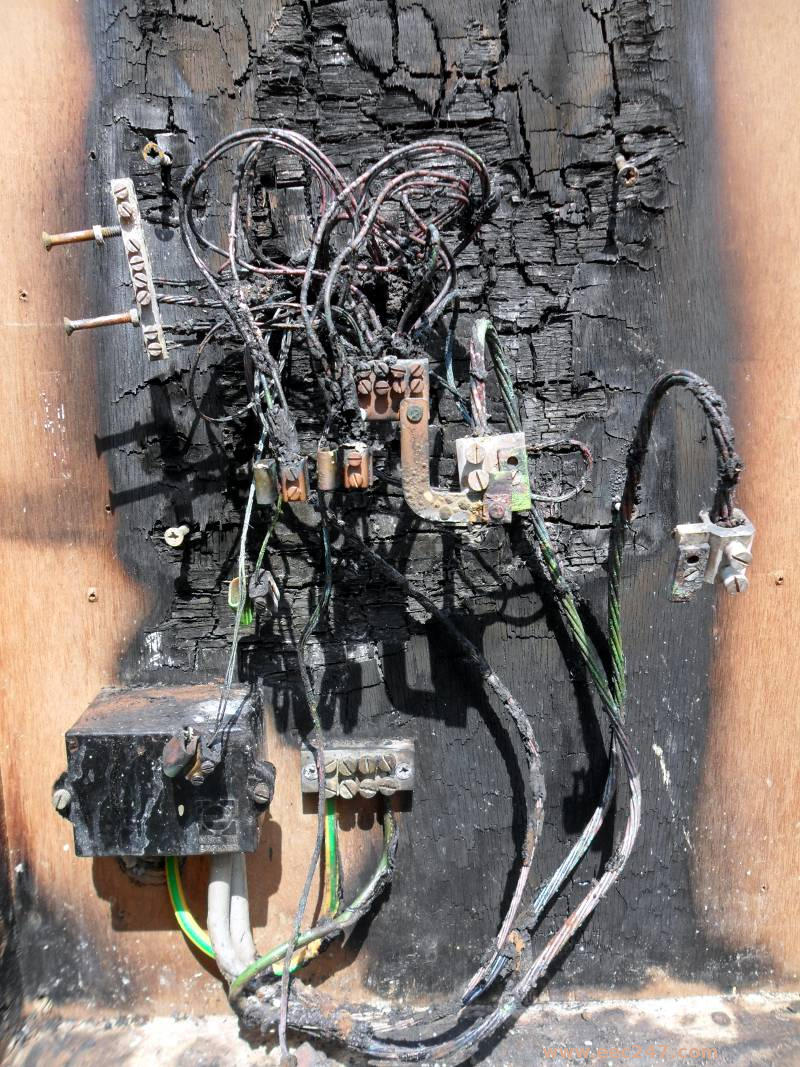
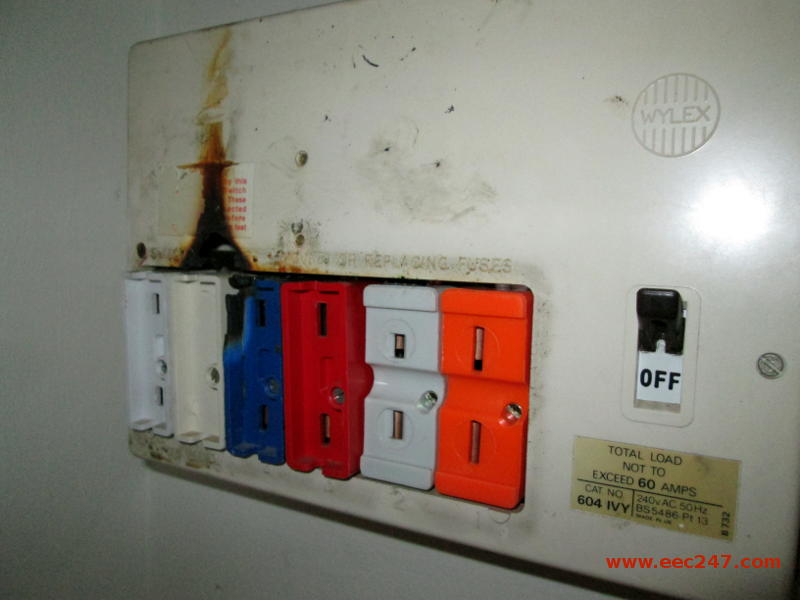

| WHAT THE PAPERS SAY |
|
Here is a small selection of local stories that made it into the newspaper. |

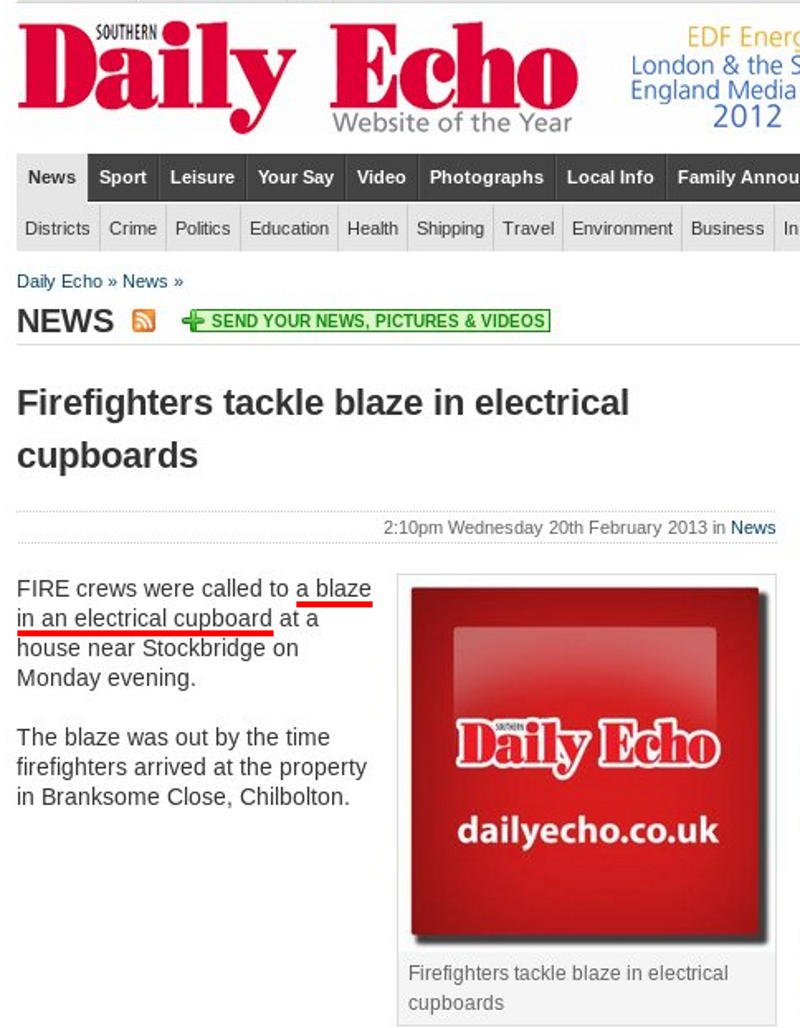
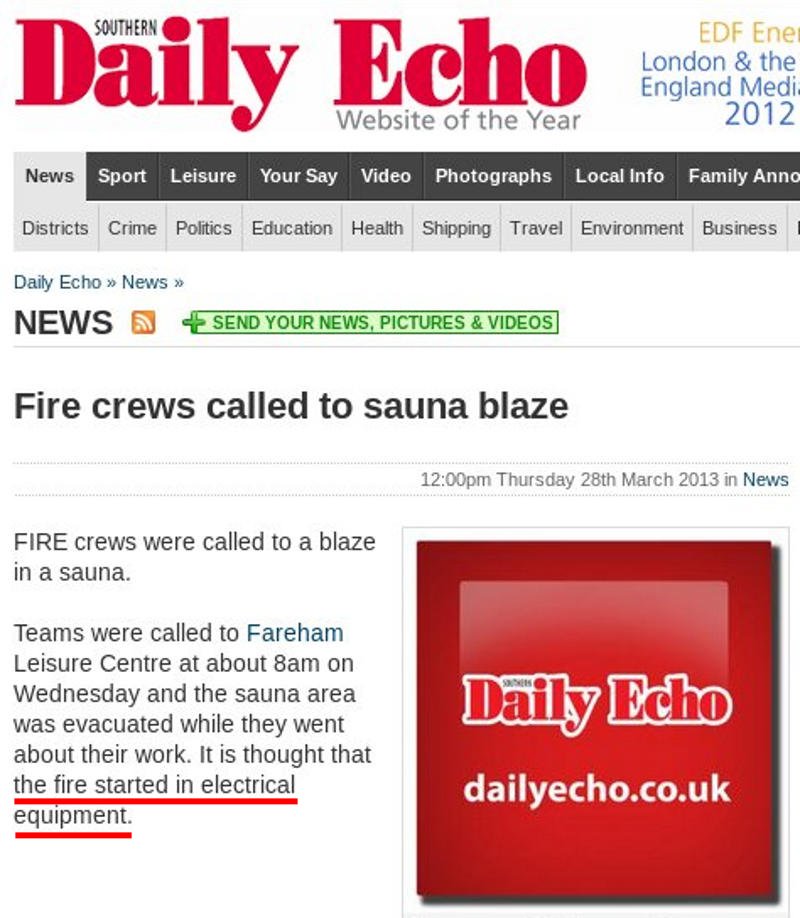
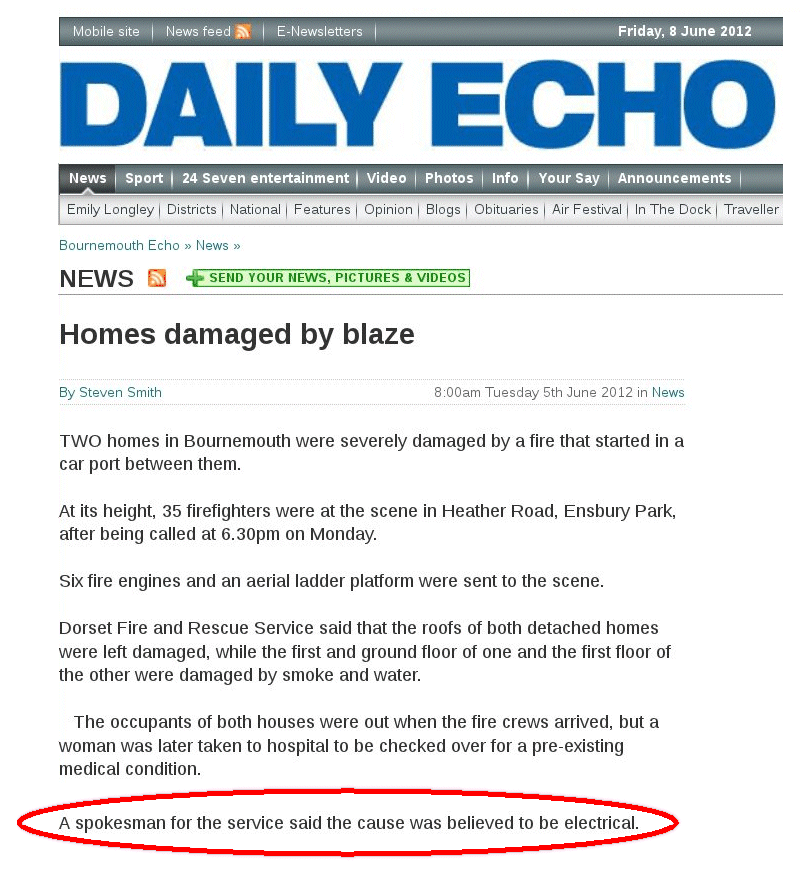
| A LITTLE KNOWLEDGE IS A DANGEROUS THING |
|
So, rather than doing your own electrics, with or without help from the various internet DIY forums where "in the land of the blind, the one eyed man is king" or employing a handyman, have your electrical work carried out and properly tested by a qualified electrician. |
